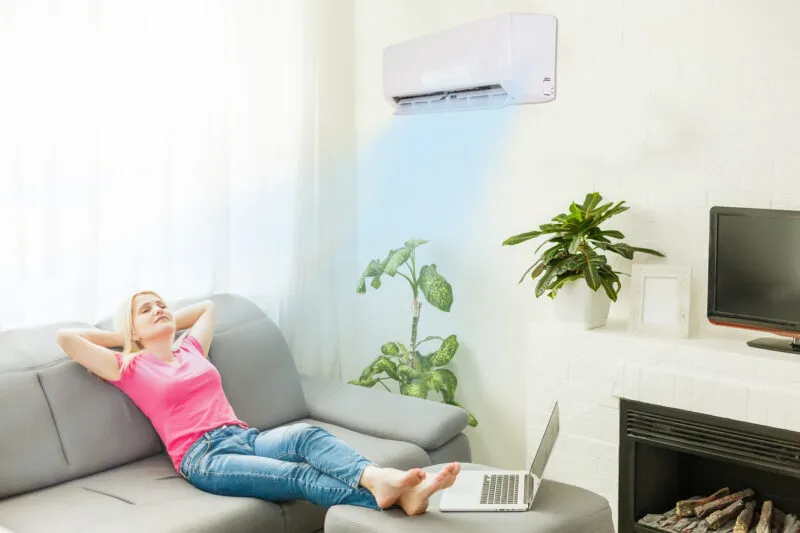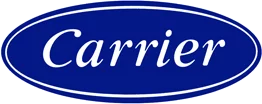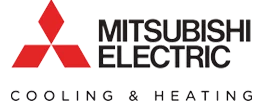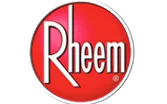Maintain a Healthy Indoor Air Environment With Aeroseal to Prevent Mold

Mold is a fungus that harms any indoor environment, including homes and commercial buildings. Microscopic mold spores build up in a warm, dark, humid environment. Homes and commercial buildings throughout the south, from Florida to Virginia, are perfect breeding grounds for mold, mildew, and other microscopic pathogens that can enter through cracks and tears in your ductwork. They blow into rooms through the return air ducts in the HVAC system, compromising a healthy indoor air environment.
There are more than 30 species of mold and mildew. These particulates, dust, and pollen are not always trapped in the filter systems.
You can breathe mold spores, dust, and other pathogens without being aware of the damage this irritant is causing in your body until you experience symptoms. Some reactions to mold inhalation are similar to dust and pollen allergies.
- sneezing
- coughing
- asthma attacks
- chest congestion
- difficulty inhaling
- eye irritation
- skin rashes
In addition, you can often smell the musty mold. You can see slimy black mold growing on walls in rooms where it has not been prevented.
Kitchens, bathrooms, and other rooms with a high moisture content are subject to mold growth. This includes basements, and garages as well as interior walls. Be vigilant in many areas of your home to prevent mold growth. It is easier to control if your HVAC system has sealed air ducts.
Mold Prevention
Aeroseal seals air ducts with precision in residential and commercial heating ventilation and air conditioning (HVAC) systems to maintain a healthy indoor air environment. This prevents mold spores and other pathogens in the air, along with excessive moisture, from entering the ductwork. Aeroseal seals the tiniest tears in ducts that can allow moisture and spores to penetrate. It can reach even inaccessible sections of the ducts.
The science behind Aeroseal’s efficiency is based on fluid dynamics. Pressurized airflow propels the aerosolized sealant particles through all ducts. The sealant automatically fills in any tears or breaks in the duct surface. The sprayed sealant also provides a moisture barrier in the ducts, as it closes off these areas.
Protection for HVAC systems
Sealing ductwork protects the HVAC system from deterioration, as well. Invasive humid air that supports mold growth on the walls of ducts can ruin them, and they have to be replaced. In addition, the system with mold buildup in ducts must work harder to heat or cool rooms. This consumes more energy.
Ducts in commercial buildings are much larger than home HVAC systems. A small leak in one area of the ducts can cause mold, dust, and other particulates to spread throughout a building, compromising a healthy indoor air environment. It is often difficult to locate the source of the leak.
Keep drip pans in commercial air conditioning systems clean to prevent mold from growing in this damp area. Mold spores spread through an HVAC system with cracked or torn ducts can find a comfortable place to grow in a room, especially a damp basement, with a drip pan.
Mold can spread quickly in a damp environment to ruin walls and floors. Professional mold remediation is necessary to clean this area before the mold is carried back into the HVAC system, where it can spread to different rooms. Trained mold removal professionals wear hazmat suits to clean extensive mold from walls and floors!
Keep Ductwork Sealed
Aeroseal is a sustainable way to keep your HVAC ductwork sealed and clean in both commercial and residential buildings. Take a proactive approach to prevent mold and moisture buildup.
Contact us to find the HVAC service company near you to apply Aeroseal to your ducts. A healthy indoor air environment is necessary for good health.












